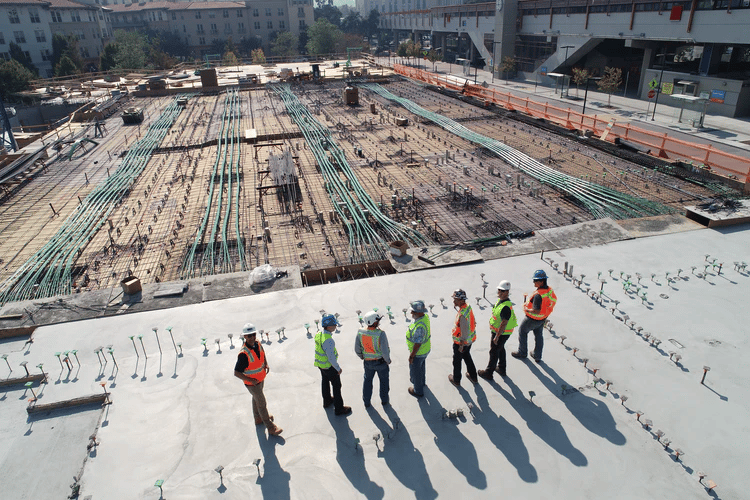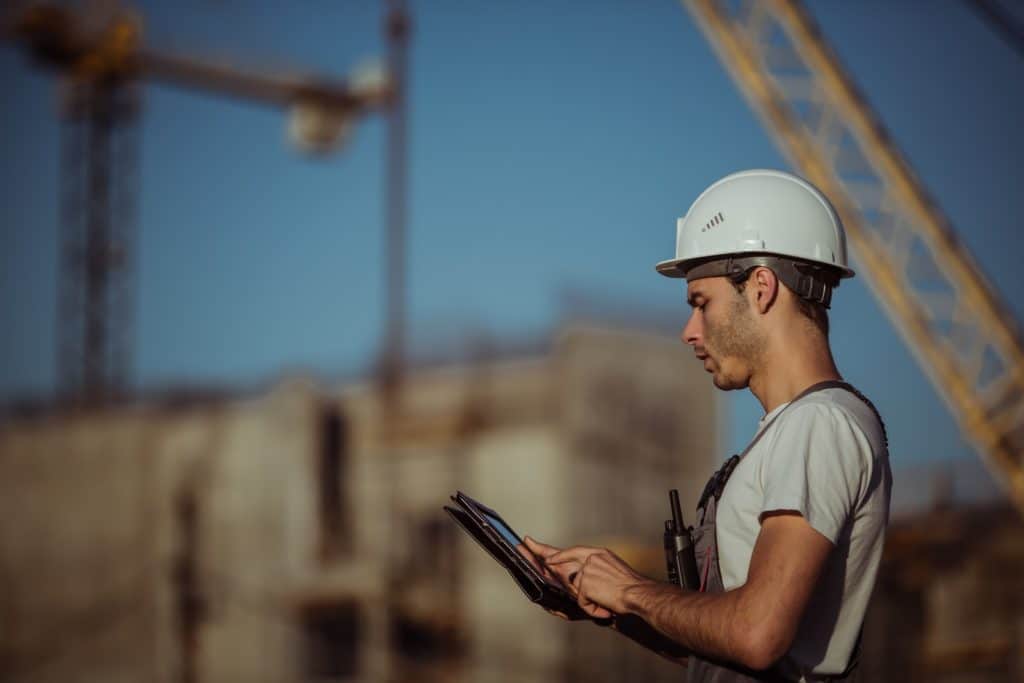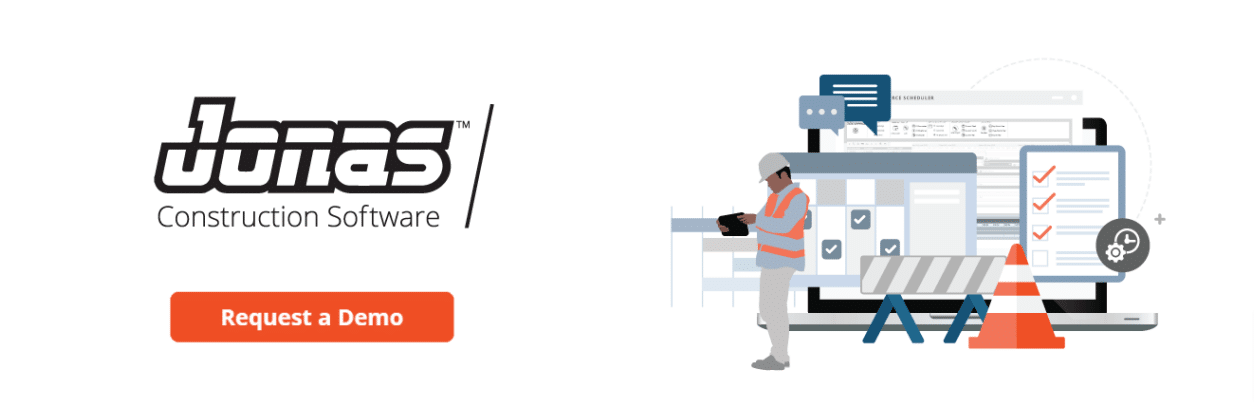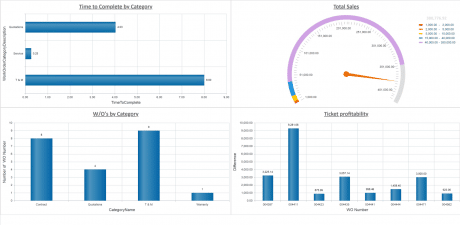Last Updated on July 4, 2024
Feb 16, 2021

The construction industry is one of the most affected sectors during the COVID-19 pandemic. Many were forced to delay their projects due to quarantine and lockdown protocols. And while more and more companies are slowly jumpstarting their operations again, the dangers of the virus continue to remain. It’s now more important than ever to ensure the safety of your workers and employees as they return to work while also maintaining the same efficiency as before.
According to PWC, 71% of construction companies worry about the financial impact of the pandemic on their operations and resources. This includes the potential decrease in productivity and workforce, decline in consumer confidence and overall consumption, disruptions in the supply chain, and impacts on tax and international trades as an effect of lockdown on construction.
With that, here are some tips and best practices for safe and effective construction management during and after the lockdown.
1. Plan and prepare for a safe return
Before you start operating again, you must first be aware of the new set of construction challenges COVID-19 has brought with it. Doing so will allow you to plan how you’ll resolve these issues and ensure your reopening is safe for everyone.
Your plans should include determining who among your workers and employees could return to the site or the office. Likewise, figure out how to hire and onboard new employees safely by identifying those that are high-risk and vulnerable to the virus. You should also provide protective gear and equipment to minimize the risks of infection on-site. Consider implementing mandatory sanitation and hygiene protocols among your personnel and within all construction sites.
Besides managing your workers, you must also make plans on how to manage your clients, visitors, general contractors, and subcontractors. Communicate with them your new safety and health protocols and reduce on-site visits if possible. A tool like Jonas is useful to help you manage your business and focus on providing better service to your customers.
2. Follow health protocols accordingly
Each area has its health and safety policies implemented by its respective government for social distancing measures, mandatory masks and protective gear, required quarantine and COVID tests, and restrictions on mass gathering. Countries may have specific measures for the construction industry during and after lockdowns.
Observe these policies and integrate them into your internal guidelines to avoid getting fined for non-compliance with your area’s regulations while also ensuring the safety and health of your employees.
You can check out your local government’s mandated guidelines to ensure that you have everything in order. Aside from your area’s regulations, you can also check out international measures from the World Health Organization (WHO).
3. Reconsider new shift patterns
With 13% of jobs lost in the construction industry, many companies worry about the potential decrease in productivity within their sites. This could further push back the expected timelines of certain projects and further increase operations cost in the long run.
One way to get around this is by rearranging your workers’ shift hours and schedules. Coordinating alternative work schedules and staggering arrivals and departures could help make up for the decrease in human resources. Likewise, this flexibility could also lessen the chances of infection among your workers.

To maintain productivity, you can increase work hours in which your workers can start and complete as many tasks as they could in a single visit. This way, you can have rotating groups of professionals working on-site to reduce potential exposure to the virus. Using a construction management software will help with scheduling resources and personnel.
4. Create clear communication channels
Part of jumpstarting your construction operations is raising awareness among your employees, personnel, clients, consultants, contractors, and visitors. Communicate to them the proper safety and health protocols, so they are guided accordingly.
With the current technology today, there are many ways to open communication channels so that every policy is accessible and viewable. You can use messaging apps, social media platforms, and construction project management software to publicize important announcements.
Emphasize the risks and realities of work under the COVID-19 pandemic. Make sure your plans for a safe and healthy site are transparent. Most importantly, implement training among your personnel on what to do in worst-case scenarios. This way, they will know whom to inform when someone tests positive for the virus and what must be done in the aftermath.

5. Minimize physical contact where you can
Physical distancing is said to be the most effective way to avoid infection. However, this could be challenging in an industry that requires physical work and contact among people. For one, there’s no way for construction workers to work from home. Likewise, they will most likely be exposed to contractors, visitors, and suppliers.
Nonetheless, there are ways you can minimize physical contact within your company. For clients demanding an inspection, you can offer virtual tours of the site. You can also make use of drone cameras to let them see the progress of your construction work.
For suppliers, you can use drop-off points or transfer zones where you can receive construction materials and resources without face-to-face contact. Meanwhile, payments can be made online as well. This way, you minimize the risks of man-to-man transmission of the virus.
6. Leverage technology to optimize operations
Fortunately, the pandemic has come in a time where technology strives. Businesses nowadays have many options on what kind of devices and software they can use to optimize and streamline their operations. The construction industry also benefits from various technological innovations.
For one, you can now take advantage of the benefits of a construction management software for your business. These are softwares specifically geared for managing the different aspects of running a construction firm. It includes tools for construction planning, field service management, project estimations, and detailed design. It can also come with project management and customer management functionalities, cost management, contract administration, accounting, scheduling, and portfolio management.
Besides this, your engineers and other construction team members who oversee inspections across multiple sites can remotely do their jobs. Thanks to technologies such as drone cameras, virtual tours, and live streams, they can see the progress of your construction work from the safety of the office or their respective homes.
7. Ensure personnel compliance
Training and communicating with your personnel about the proper safety protocols aren’t enough. You must also make sure that they comply with your company’s standards.
You could do this by enhancing your monitoring activities with your workers and employees. Prepare a specific checklist within your construction sites to track your workers’ and employees’ adherence to the company’s various guidelines. Refuse entrance to those who fail to complete the checklist.
Your checklist should include wearing of personal protective equipment (PPEs), temperature checks, COVID test results, health forms, daily tasks logs, last point of contact, and more. This way, it will be easier to manage risks and retrace possible sources of infection during worst-case scenarios.
Getting right back to construction
Many believe that it is difficult for the construction industry to get back on its’ feet after covid-19. Its economic impact on the industry has left a sizable dent in both the companies and their people. Nonetheless, this could be the catalyst that the construction industry needs to reevaluate and improve their construction processes.
As the world adapts to the new normal, your company must also prepare for it. Properly plan and take extra precautions as you bring back your employees and workers into the sites. Fortunately, you don’t have to do this alone. You now have access to various technologies to help your construction company transition into the new normal.







